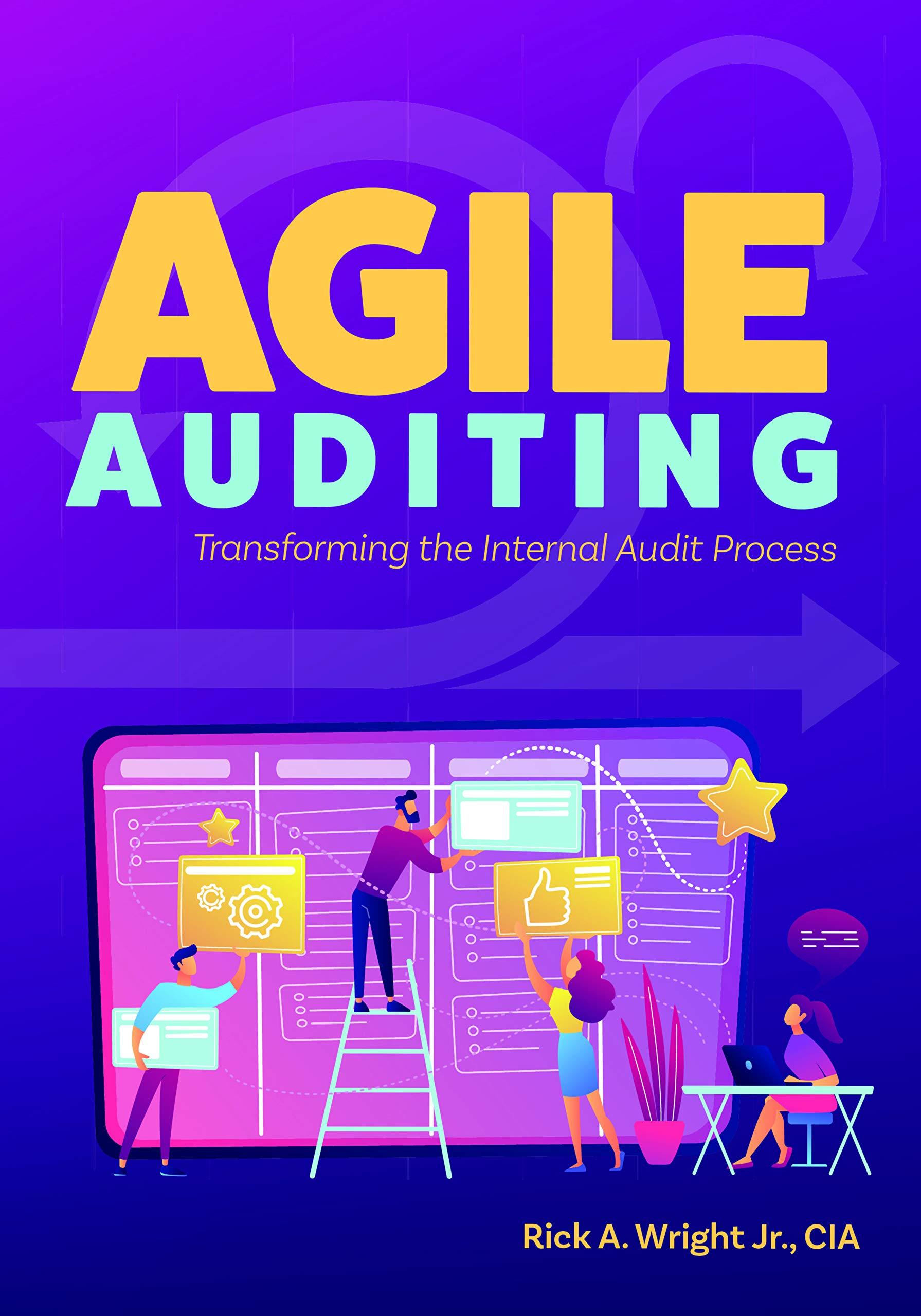12) You are looking at a potential investment in Lubin Company, an early stage growth company. You prepare a set of forecasts that extend for five years. You desire to value the company at the end of the fifth year assuming the company achieves the projected results, and decide to look at the valuation of similar companies today as a guide. As a result of that comparable company analysis, you decide that the relevant multiples to use are as follows: TEV/Sales 3.5x TEV/EBITDA 20.0x Equity Value /Net Income 30.0x Your fifth year forecast for Lubin is as follows: Sales $100 million EBITDA $15 million Net Income $9 million Debt $40 million Cash $10 million Please provide the implied equity value in year 5 based on the information above: Equity Value based on multiple to sales Equity Value based on multiple to EBITDA Equity Value based on multiple to Net Income 13) Continuing with the Lubin analysis above, you have been asked to make a $15 million investment in the company, which should be sufficient equity to finance the forecasts above. Based on your analysis, you estimate that the equity value of the company will be worth $300 million at the end of the fifth year. If you are targeting a 30% annual internal rate of return (IRR) on this investment, then what percentage ownership will you demand for your $15 million investment? (Answer in percent to one decimal place) If, in the above question, you believe that the company will need to sell an additional 15% of the company in the future (so after you made your investment) for the company to achieve your forecasts, then what percentage of the company will you need to own now to achieve your desired return? (Total company will still be worth $300 million at the end of five years, but there will be 15% dilution from the next round of financing.) (Answer in percent to one decimal place) 14) You are assessing whether to start a new business selling board shorts. While you do not currently take a salary, your expected advertising and overhead expenses are estimated at $200,000 per year (total fixed costs). If you sell the board shorts for $60 each, and your cost of goods and shipping costs are $25 per short (total marginal costs), then how many shorts do you have to sell to break even? Your minimum living expenses are $50,000 per year. Now how many shorts do you have to sell to cover the company's fixed expenses and pay yourself $50,000 per year








